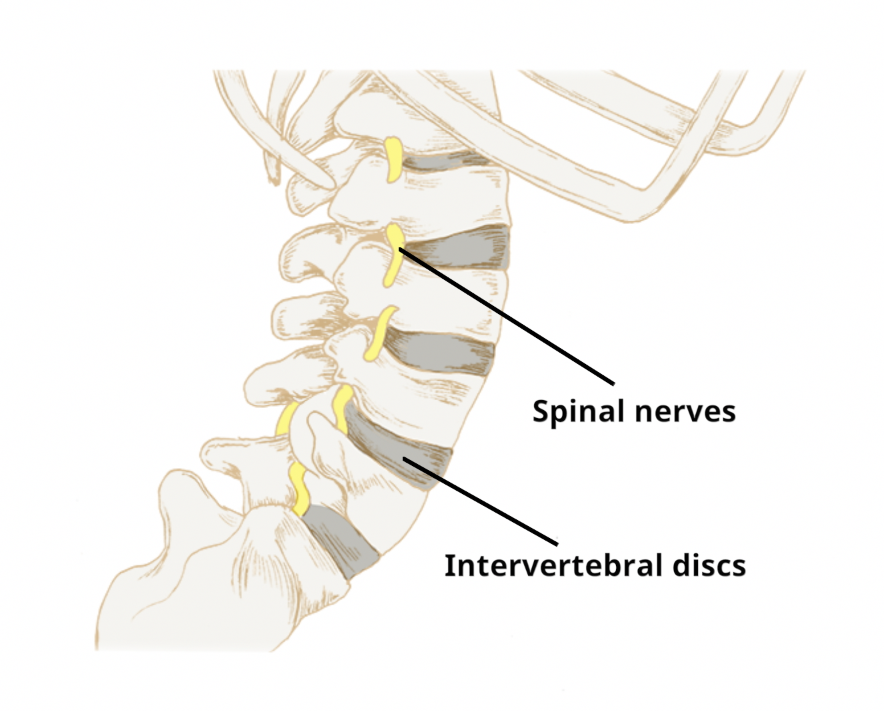
Acute LBP is the medical term used for the intense low back pain which some individuals may experience. It is not associated with pain radiating in to the leg (sciatica).
This is a common experience for most people, as studies have shown that over 80% of people will suffer from this at least once at some point in their adult life.
There can be many causes for acute LBP. However, the intense pain, stiffness and locked feeling that individuals may experience is often the result of muscle spasm rather than being directly related to the extent of injury to a disc or surrounding tissues.
There are many commonly held beliefs which have been extensively researched over the past decade. Many of these thoughts can delay recovery in back pain and has led to a nationwide 'myth busting' campaign by the chartered society of physiotherapists.
How acute LBP is treated
Acute phase management
Acute phase management is aimed at reducing your pain to allow you to get back moving as soon as possible.
Over-the-counter analgesia (painkillers) are available through pharmacies when needed. Paracetamol is most commonly prescribed. Sometimes Anti-inflammatories, such as Ibuprofen, are also used, but these are best avoided without discussing with your GP. Side effects are more common than with paracetamol so please ensure to take appropriate medical advice. There is a good booklet on the Versus Arthritis website with information about the various drug options: Painkillers and NSAIDs | Side-effects, uses, time to work (versusarthritis.org)
Ongoing management
Exercises
Specific exercises may be useful to relieve stiffness and discomfort in the spine. It is important that you start with a comfortable number for you and build these up gradually. We would recommend that you do these twice a day, but you can do more, or less depending on how you get on:
Physiotherapy can be offered as a treatment option for back pain. This involves a physical assessment and discussion about how your symptoms are impacting your life, followed by developing a treatment plan together. Treatment can include:
-
- Exercises form the mainstay of treatment, with advice regarding exercises to improve flexibility and reduce the sensitivity of the muscles, joints and nerves. Some strength exercises can also be recommended where needed.
-
- Manual Therapy, such as manipulation, mobilisations and soft tissue massage. This usually forms a small portion of your treatment.
-
- Advice to help you recognise the things that can help you speed your recovery and avoid aggravating symptoms
Modifying ergonomics
Modifications include raising your seat height, changing the back-rest angle, lumbar wedges as well as ensuring there is an appropriate overall set up if working with display screen equipment. Everyone is different so try out slightly different combinations which may work best for you.